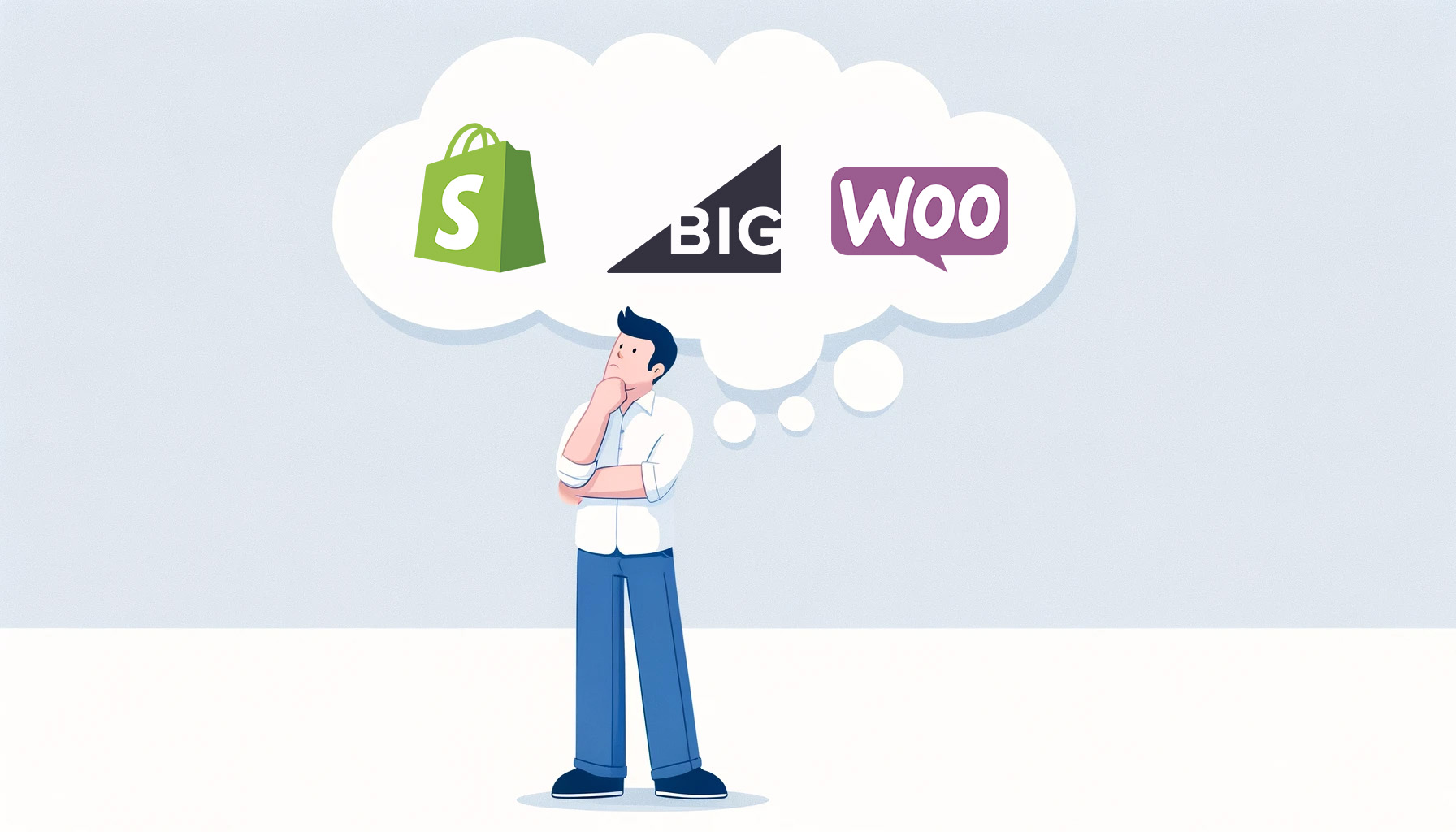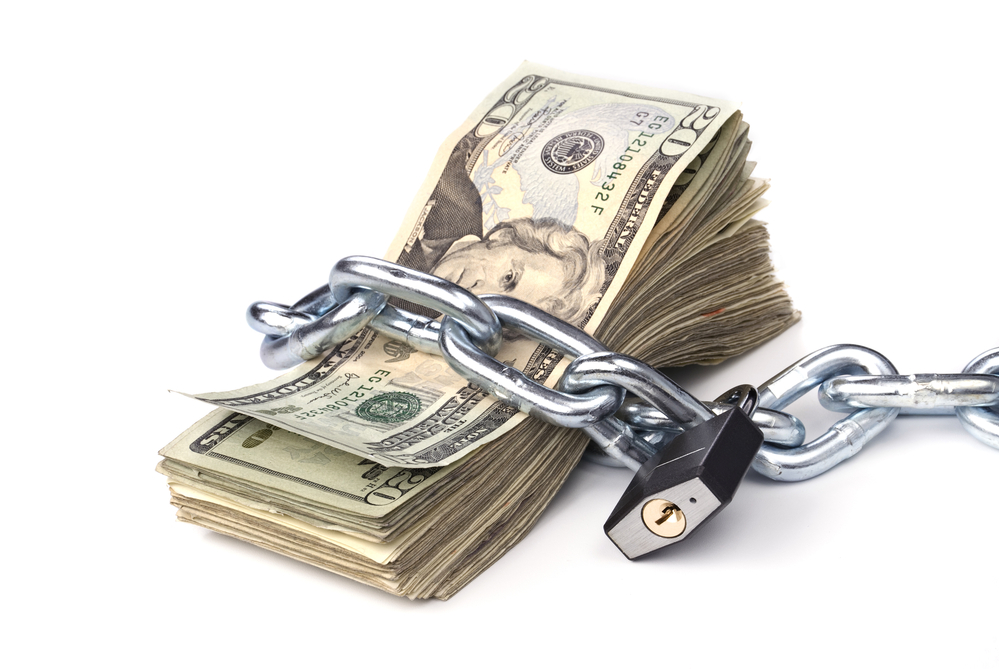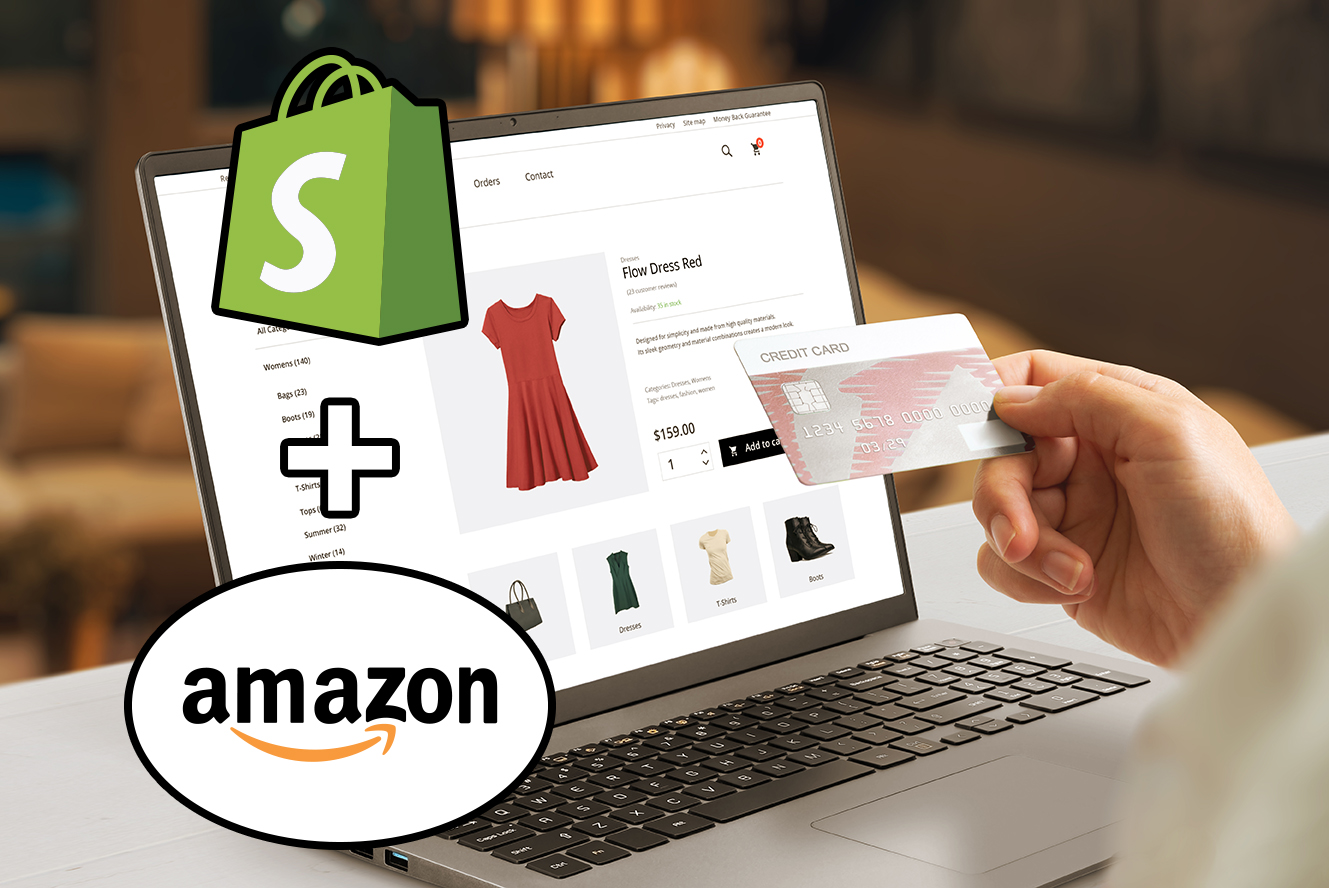Category: Payment Processing
-
Is Shopify Worth It? Pros and Cons of Shopify
Choosing the right platform to host your online store isn’t just a decision—it’s a declaration of your business’s future. If you’re on the brink of launching your ecommerce journey or contemplating a strategic pivot for your existing online empire, you’ve likely encountered the big question: Is Shopify worth it? Shopify, with its sleek storefronts and…
Written by

-
100+ NEW Shopify Features Announced, But Is It a Scam?
Shopify’s latest announcement of introducing over 100 new features has stirred the ecommerce world, marking a significant upgrade aimed at empowering merchants. This expansive rollout showcases Shopify’s dedication to innovation, offering tools that promise to redefine the online selling experience. From enhancing product discovery to streamlining operations, these features of Shopify are designed to bolster…
Written by

-
Stripe Holding Funds? 2 Steps to Get Your Money Back in 2024
Stripe is notorious for holding funds from merchants. As soon as you start scaling, when your business is going well and the road ahead looks smooth, BAM you sign into your Stripe account and see funds on hold. No notification, no email. Nothing. Just frozen funds and a feeling of dread. The amount varies, too.…
Written by

-
Shopify Holding Funds? Why Your Money Is Trapped and How to Free It
Platforms like Shopify have become the go-to choice for budding entrepreneurs and seasoned business owners alike. But while setting up an online store has never been more accessible, there’s a lurking snag that catches many by surprise: frozen funds. If you’ve ever seen your hard-earned revenue trapped in a “Shopify Payments hold”, you’re not alone.…
Written by

-
The Power of Prime on Shopify, How Merchants Should Handle Amazon’s Buy with Prime Checkout
The checkout experience often serves as the ultimate determinant of whether a browsing visitor becomes a loyal customer. The right balance between speed, security, and familiarity can make all the difference. And now, with the exciting collaboration between Shopify and Amazon, integrating the “Buy with Prime” feature, the landscape is shifting once again. For Shopify…
Written by
